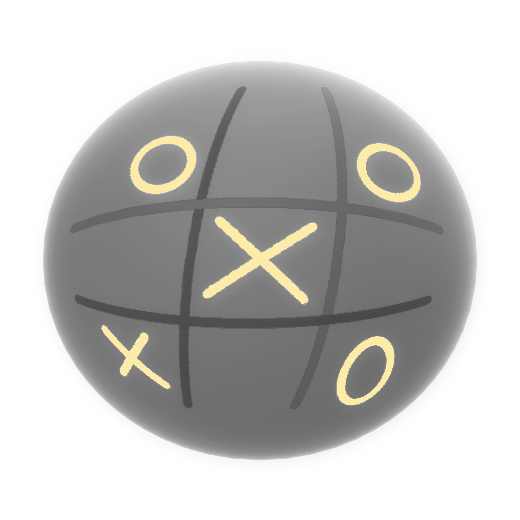The text is notable for asserting a fourfold identity, that Atman (soul, self) is same as Om, Brahman (Absolute Reality) and Vishnu Man-Lion avatar Nrisimha. The Upanishad opens with verses of the Rigveda. Its foundation of monism philosophy, as well its style is also found in other Vaishnava Upanishads such as those dedicated to Rama. The Nrisimha Mantra, with its four supplementary mantras, is enunciated with the epithet "mantra raja" (king of hymns). It has "Om" as the foremost hymn which is repeatedly emphasized throughout this Upanishad. The text discusses Nrisimha Mantra and related hymns. The Upanishads invocation and concluding hymns are prayers to the Devas, Indra, Sun, and Garuda as destroyer of evil, seeking blessings of eyes to see and offer obeisance and to enjoy a life span that the divine being ordains. Brihaspati, lord of prayer or devotion, too is invoked to bestow health, prosperity and peace. The Upanishad is presented in two parts, Poorva Tapaniya Upanishad which has five sub divisions which are also called Upanishads, and the Uttara Tapaniya Upanishad which consists of nine sections. In the first part of this Upanishad, Nrisimha, also spelled Narasimha, is described as an avatar or incarnation of Lord Vishnu born in the anthropomorphic form of half human and half lion and seen in two colours of black and golden red. He takes this form to put an end to the evil deeds of the demon who had a boon that he cannot be killed by a human nor by an animal. The demon was also the father of Prahlada, who was persecuting his own son for being a Vishnu devotee. In the second part, a long chapter, the significance of the Nrisimha Mantra as an important hymn to recite to overcome death and enjoy family life is emphasized. The key words used in the Nrisimha Mantra to worship Nrisimha are: "Ugra (fierce), Veera (heroic), Maha Vishnu, Jwalantham (burning), Nrisimha (half man and half lion), Trivikrama (one who measures the world in three steps), Bheeshanam (fear full), Bhadram (safe), and Mruthyu-Mruthyum (death and deathlessness).” In the third long section of the Purva Tapaniya, the Devas appeal to Brahma to teach them the meaning and benefits of Nrisimha Mantra, known as the king of all chants, which is set in anushtap meter (eight lettered rhythmic structure), which Brahma agrees to explain. Brahma explains that illusion or maya is personified by Nrisimha which in turn is identified as Om. In the fourth division, another long chapter, Brahma explains that the benefits of the Nrisimha Mantra, all of which is extracted from the Vedas, as a combination of: Pranava that is Om or AUM; Savitri an eight lettered hymn, which gives prosperity and wealth; Yajur Lakshmi, a twenty four lettered hymn which will usher fame and prosperity; and Nrisimha Gayathri hymn in which Vedas and Devas are imbibed. In the fifth division of this Upanishad, Brahma explains the importance of the Sudarshana Chakra, also known as Maha Chakra, which would fulfill one’s wishes and opens the way to moksha or liberation. Reciting this mantra daily without any aspirations would help overcome "fire, wind, sun, moon, devas, plants and poison". At the center of this Sudarshana Chakra, Om as the Taraka mantra of Nrisimha are inscribed. These are: Sudarshana (on six petals), Narayana (on eight petals), Vasudeva (on 12 petals), and mathruka (on 16 petals). The old Vedic gods are placed in the realm of Maya, that is outside the circle. Om! This syllable is the whole world. Its explanation is as follows: The past, the present and the future, all this is the sound Om. And besides, what still lies beyond the three times, that also is the sound Om. All this, verily, is Brahman, but Brahman is this Atman. —Nrisimha Purva Tapaniya Upanishad 4.1


 Shop Ventures NFT
Shop Ventures NFT